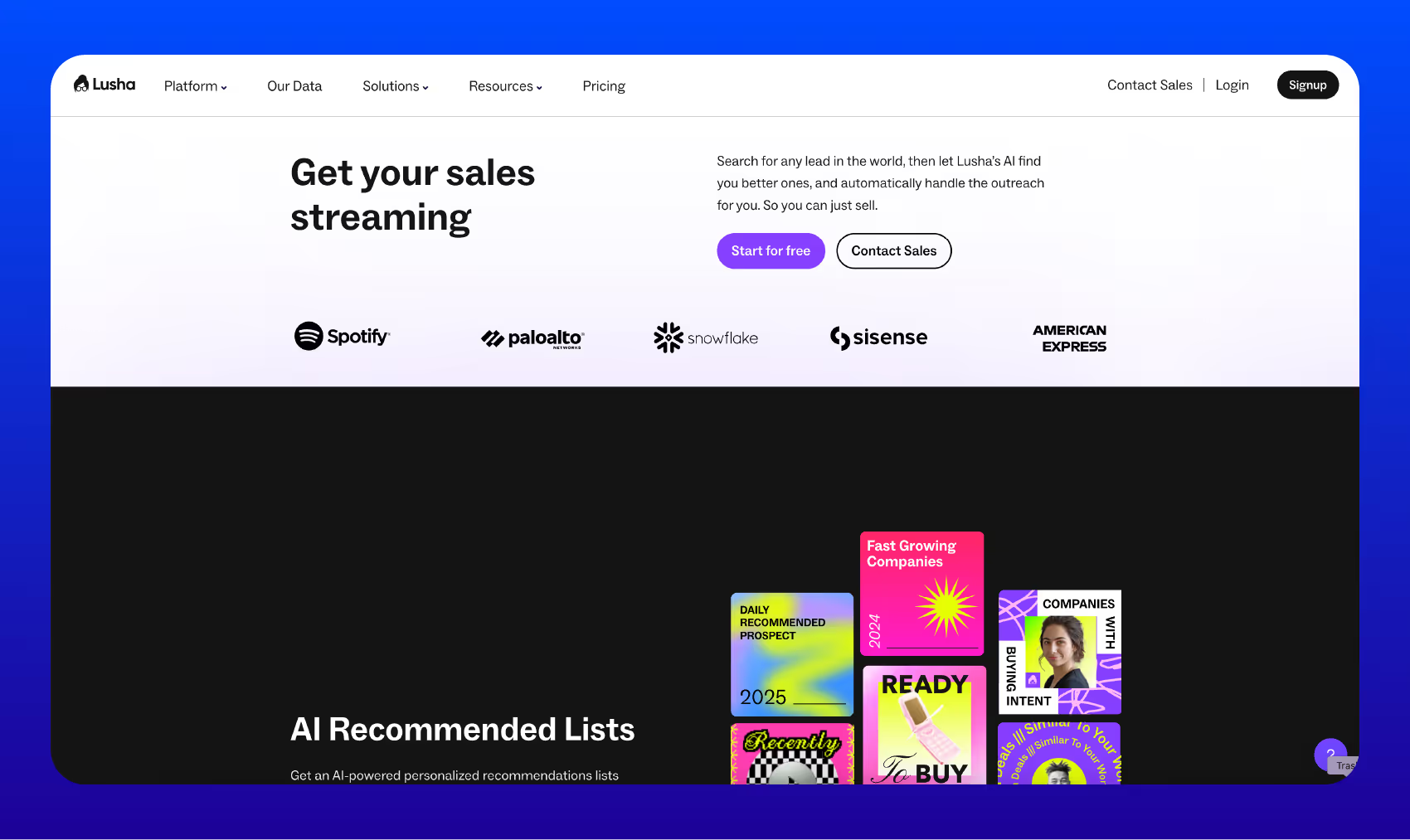How to Scrape Contact Info from LinkedIn

.avif)
Scraping LinkedIn is hugely beneficial for any number of reasons. Unfortunately, scraping Linkedin can be difficult if you have no experience with web scraping so we’ll be sharing some non-technical and technical methods to scraping LinkedIn.
Why scrape LinkedIn?
Off the top of my head, I can think of a few great reasons: cold outreach, list enrichment, recruiting, or even fundraising.
The major point here is that if you have someone’s contact info, they’re now just an email away.
Cold Outreach
Cold outreach or outbound sales, where you contact potential prospects with no previous relationship, requires contact info like emails and phone numbers.
Learning how to pull data from LinkedIn can be hugely beneficial for cold outreach because many sales teams actually use this contact info to send cold emails or to make cold calls. A well designed sales team may even use information like company size and industry to prioritize their target customers.
If you’re running cold outreach, learning to make the most of LinkedIn’s data can be a game changer for your team and your bottom line. If you want to learn more about using LinkedIn for sales, we dive in deeper here.
Data Enrichment
Another great reason to scrape LinkedIn is to enrich the data that you already have. This is known as data enrichment and it’s at the core of many B2B company’s qualification process.
Maybe someone signed up on your website but you don’t know anything more than the company name. With a simple pull from LinkedIn, you can update website leads to include rich information about your leads.
Linkedin includes employee headcount, location, industry, and more and your team can use these markers to prioritize different leads. For example, if a website lead has 500 employees, you may want to route this lead to your best sales team member. Similarly, if a lead has 2 employees, it’s probably best to route this lead to a new trainee or less experienced team member.
Is scraping LinkedIn illegal?
Scraping publicly listed web pages on LinkedIn is not illegal. In fact, LinkedIn sued a company for scraping public LinkedIn pages and the courts ruled that LinkedIn must allow them to scrape public information.
It makes a lot of sense when you think about it. Google scrapes all of these web pages so why can’t you? It would not be fair to the market to allow Google to scrape while blocking everyone else.
However, LinkedIn’s terms of service do state that you are not allowed to use an automated service to scrape their site. This means that if you are using your own profile to scrape LinkedIn, LinkedIn has the right to block your account because you are violating their terms of service.
How to scrape LinkedIn without getting blocked?
None of us want to be blocked by LinkedIn so how can you go about scraping LinkedIn without getting blocked? It’s actually quite simple but let’s split it into two categories: 1) Account Suspension and 2) IP Blocking
1) How to Avoid Account Suspension
If you are using LinkedIn for prospecting and you are scraping profiles while logged in, there is a very simple solution. You simply need to subscribe to LinkedIn Sales Navigator or LinkedIn Recruiter.
LinkedIn is well aware that thousands of sales teams use LinkedIn for prospecting and outreach. They have no intention of blocking you from using LinkedIn for its primary use case.
However, if you want to use LinkedIn for sales or recruiting, you’re going to have to pay.
2) How to Avoid IP Blocking (Technical)
A more complex question is how to avoid LinkedIn from blocking your IP while your scrape LinkedIn. This is a far more complicated question because LinkedIn is known to have some of the most advanced anti-scraping tactics in place.
Here is what you should do to avoid getting your IP blocked while scraping:
- Use High-Quality Proxies
- Rotate Proxies Frequently
- Use Anti-Bot Techniques
- Add a Wait Time Between Actions
If you use these steps, you’ll find that LinkedIn can be scraped but it may just require a bit more effort and investment than you’d like.
How to Scrape LinkedIn (Guide)
Scraping LinkedIn can be as simple or as complex as you'd like. We've gone ahead and split this into two categories, technical and non-technical, so you can choose the tool that fits your background best.
Technical Guide to Scraping LinkedIn
In the first part of this guide, we’ll be covering a more technical guide to scraping LinkedIn using Apify, a web scraping tool designed to save engineers time.
If you’re well versed in code, Apify can be hugely beneficial. Apify also allows you to add rotating proxies so you never get blocked which is a huge concern if you’re running large scale web scraping with a tool like Apify.
How to Scrape LinkedIn with Apify
#1) Sign Up for Apify here.
#2) Purchase the LinkedIn Profile Scraper
Apify has a series of scraping techniques and depending on which one you'd like to use, you may have to purchase it. In this case, the LinkedIn People Finder is required.
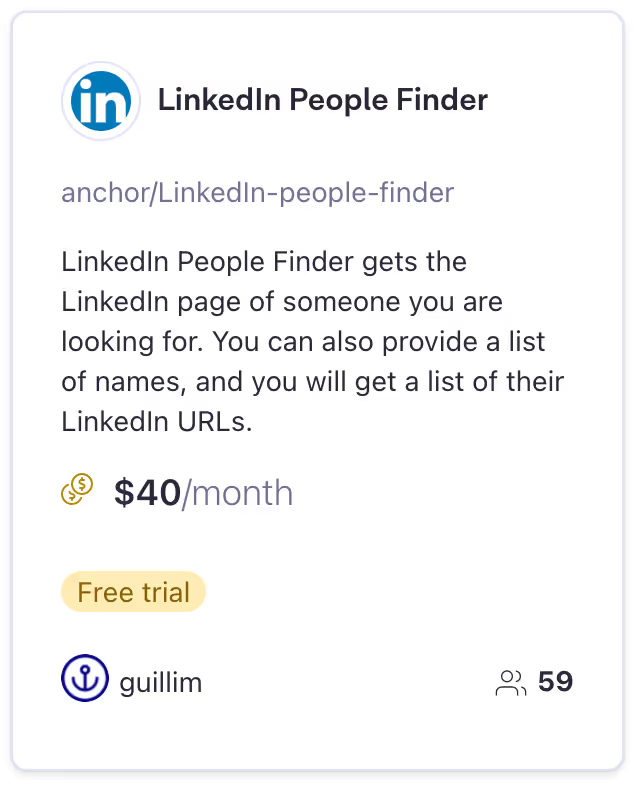
#3) Input Your Search & Click Run
This is what your query will look like:
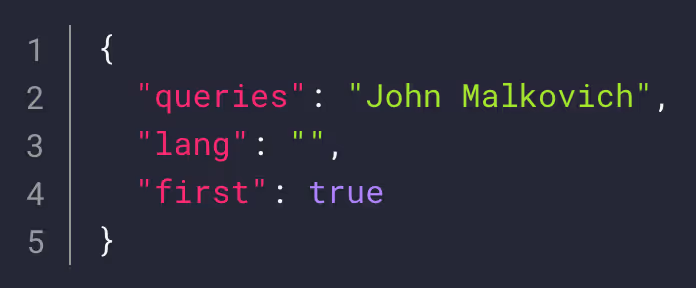
#4) Get your results!
And that is! Apify will return your data in the below format.

#5) Upload Results to LeadLoft to Find Contact info
Apify is great at scraping data but it doesn’t find contact information that may not be listed. If you want to find more information than what is publicly listed, you’ll need one more step.
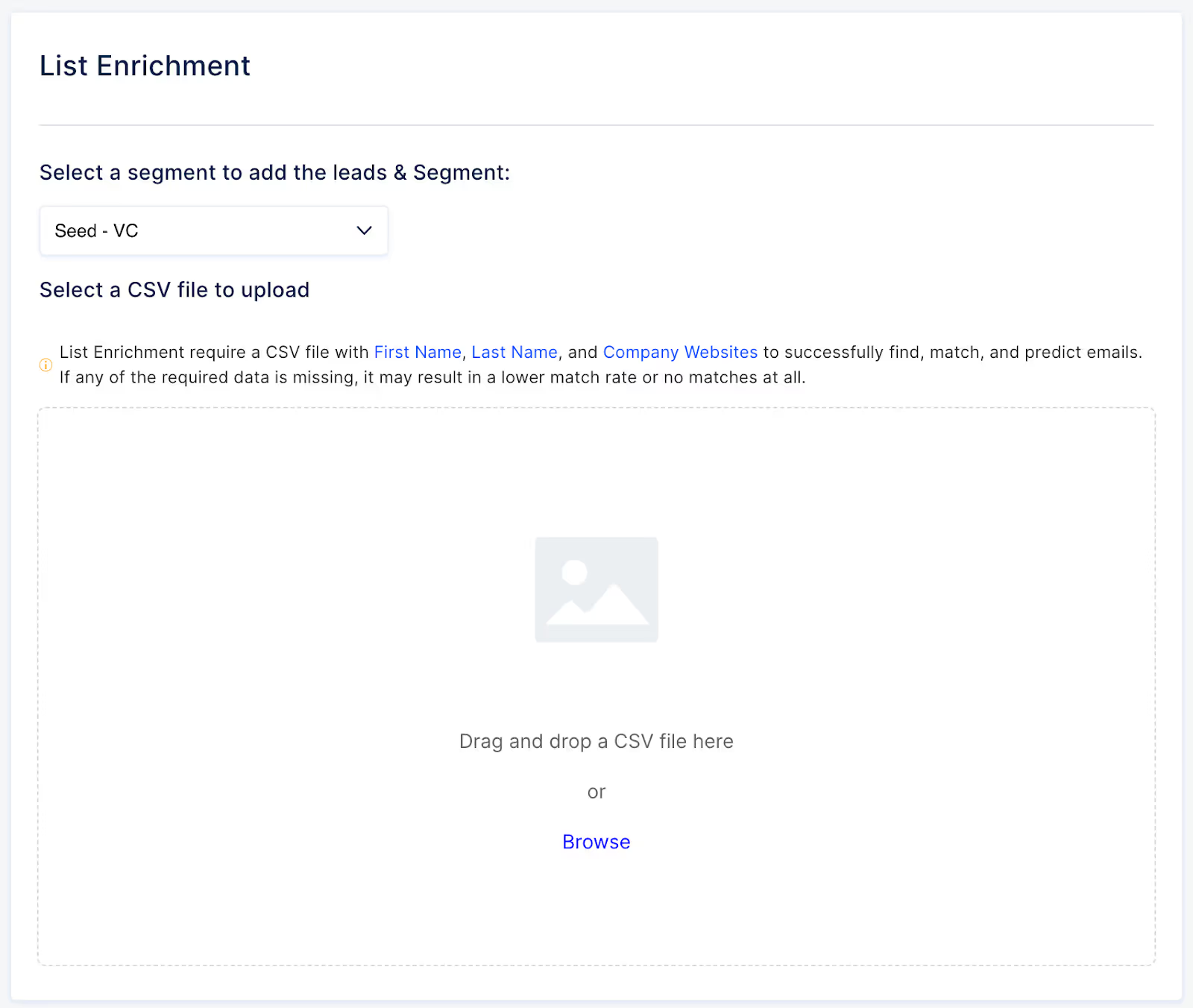
#6) Map the Fields & Click “Import”
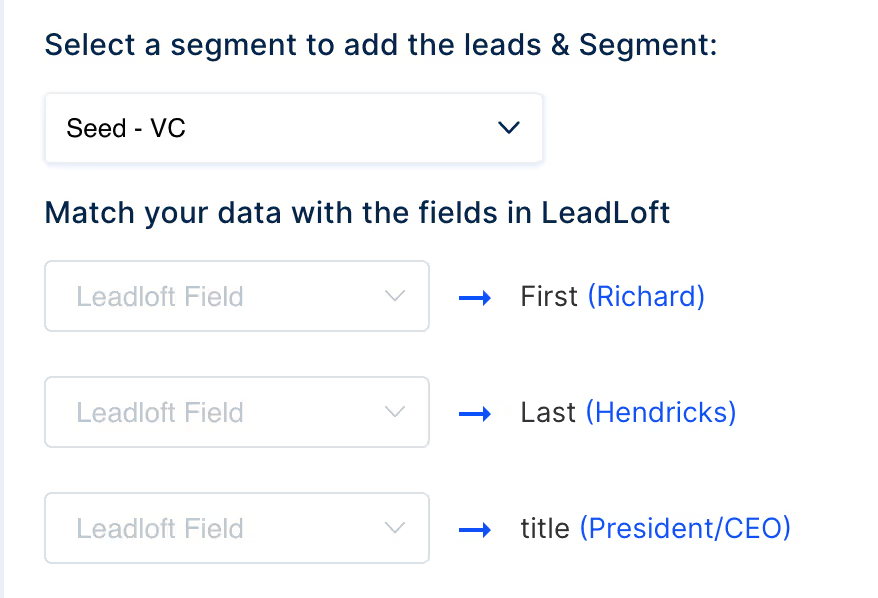
As soon as you click “Import”, LeadLoft will begin finding contact information for all of the data in the .csv file you uploaded. This is the final step and after a few short minutes, you can have thousands of enriched leads ready to be engaged.
Non-Technical Guide to Scraping LinkedIn
When it comes to coding, many of us aren’t great at it so it’s nice to be able to scrape without all that complexity. In this guide we’ll be using LeadLoft for a non-technical approach to scraping LinkedIn.
LeadLoft offers a LinkedIn Prospector that allows you to scrape a contact and company with the click of a button.
When you click save, LeadLoft will automatically pull information and return the below information:
Contact:
- First & Last Name
- Phone Number
- Description
- Job Title
- Location
Company:
- Company Name
- Website
- Employee Headcount
- Company Location
- Industry
- Description
The greatest part is that LeadLoft combines its own data with the data pulled to provide richer information. For example, if the contact information is not listed on LinkedIn, LeadLoft will still be able to discover it in the background using its own methods of data enrichment.
This also includes email and phone verification, saving you from having to use another software to verify the data quality.
How Scrape LinkedIn with LeadLoft
#2) Install the LinkedIn Prospector Here
Make sure that you are using Google Chrome as your browser and install the LeadLoft Chrome Extension.

#3) Navigate to LinkedIn & Search for Someone & Click "Save"

#4) And boom! You now have all the data you need.

Wrapping Up
Scraping LinkedIn can be as simple or as complex as you’d like. If you’re a software developer, checkout Apify, otherwise I highly recommend using LeadLoft. It will save you thousands of hours. You can even take discovered contact information and enroll it into Playbooks to automate outreach.
If you’re looking to dive deeper and to learn more about scraping LinkedIn, here are two articles I recommend checking out:
Happy scraping!



.avif)

